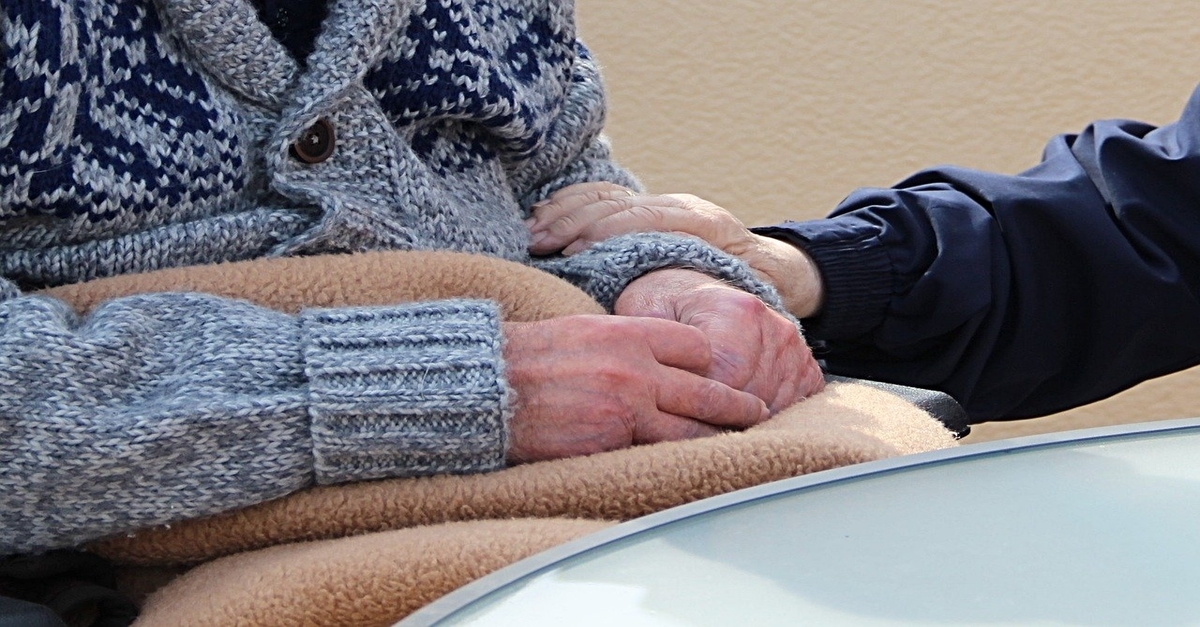Nursing home facilities are facing an understaffing crisis. Understaffing can lead to serious injuries or even death among nursing home residents. Some states, like New York, don’t have legal mandates on the ratio of nursing home staff to senior residents, meaning the problem can go unchecked. Understanding the staffing situation at your loved one’s nursing home can help keep them safe from abuse or neglect.
Understanding the Issue of Understaffing
Understaffing in nursing homes is a serious problem that goes underreported. Nursing homes face understaffing problems because there are often pressures to cut costs. This results in facilities taking in more residents than their staff can effectively care for.
At its worst, understaffing can mean that a single nurse or medical professional must care for dozens of residents.
Understaffing is dangerous for residents because of the injuries and ailments that it can cause. Many types of nursing home abuse — including physical injuries, financial exploitation, or psychological trauma — can stem from understaffing. It can also cause staff members to neglect the needs of vulnerable residents.
It is important for families to understand what understaffing is and how it affects residents before putting their loved one in a nursing home. Ideally, the nursing home they choose should have enough staff members to properly care for every resident.
Is Understaffing in Nursing Homes Illegal?
Not necessarily. For example, states like New York do not have numerical ratios for nursing home staff in place, even though having a set ratio can greatly improve resident care.
“Staffing is by far the most important factor when it comes to a nursing home’s quality and a nursing home’s safety,” said Richard Mollot, executive director of the nonprofit Long Term Care Community Coalition, in an interview with WIBV 4 out of Buffalo, New York.
Rather than trying to prevent understaffing in nursing homes, New York has tried to prevent specific types of harm such as bedsores and physical abuse.
Sadly, understaffing in nursing homes is an issue that affects the entire country. According to a report from Kaiser Health News, there is no federally mandated staff-to-resident ratio for nursing homes.
Even on best-staffed workdays, there was one staff member for every 18 residents. In a worst-case scenario, there was just one staff member for every 38 residents.
Adding to the concern, the report found that 25% of nursing homes did not report having registered to help residents from October to December 2017. This is against federal regulations.
Effects of Understaffing in Nursing Homes
Understaffing in nursing homes can prevent residents from being properly cared for.
This can lead to a variety of serious issues, including:
- Medication errors
- Neglect
- Physical injuries
- Psychological issues
- Worsening illnesses
- Death
These issues are the very reasons why families turn to nursing homes in the first place: they cannot care for their loved ones’ needs properly.
Take for example a woman who was recovering from a stroke in a New York nursing home. The staff failed time and again to take care of her needs, leaving her to sit in her own feces for hours on end — a clear example of nursing home neglect.
She later developed a black, infected bedsore that led to her death at just 53 years old.
If understaffing betrays the trust of a nursing home resident and their family, the facility needs to be held accountable. No nursing home resident ever deserves to suffer when they expected high-quality care.
Thankfully, the nursing home industry and the U.S. government are taking action to stop understaffing in nursing homes from harming any others.
Actions to Curb Understaffing in Nursing Homes
Local governments and regulatory agencies are taking a stronger management role over nursing home facilities. Nursing homes are less likely to be understaffed or commit serious violations when state and local governments are more involved.
To curb understaffing in nursing homes, some state governments are considering legislation that mandates facilities must have a certain number of staff members per resident. These staff-to-resident ratios would apply to both hospitals and nursing homes.
For now, most states still rely on fines and penalties to encourage nursing homes to make sure residents are kept safe. But some analysts believe these penalties are not severe enough to change the behavior of bad actors.
Further, some states’ regulatory agencies are more lax than others, and it can be hard to tell how a nursing home is actually treating its residents. This is why having set staff-to-resident ratios can be the difference between a high-quality experience and a dangerous one for residents.

